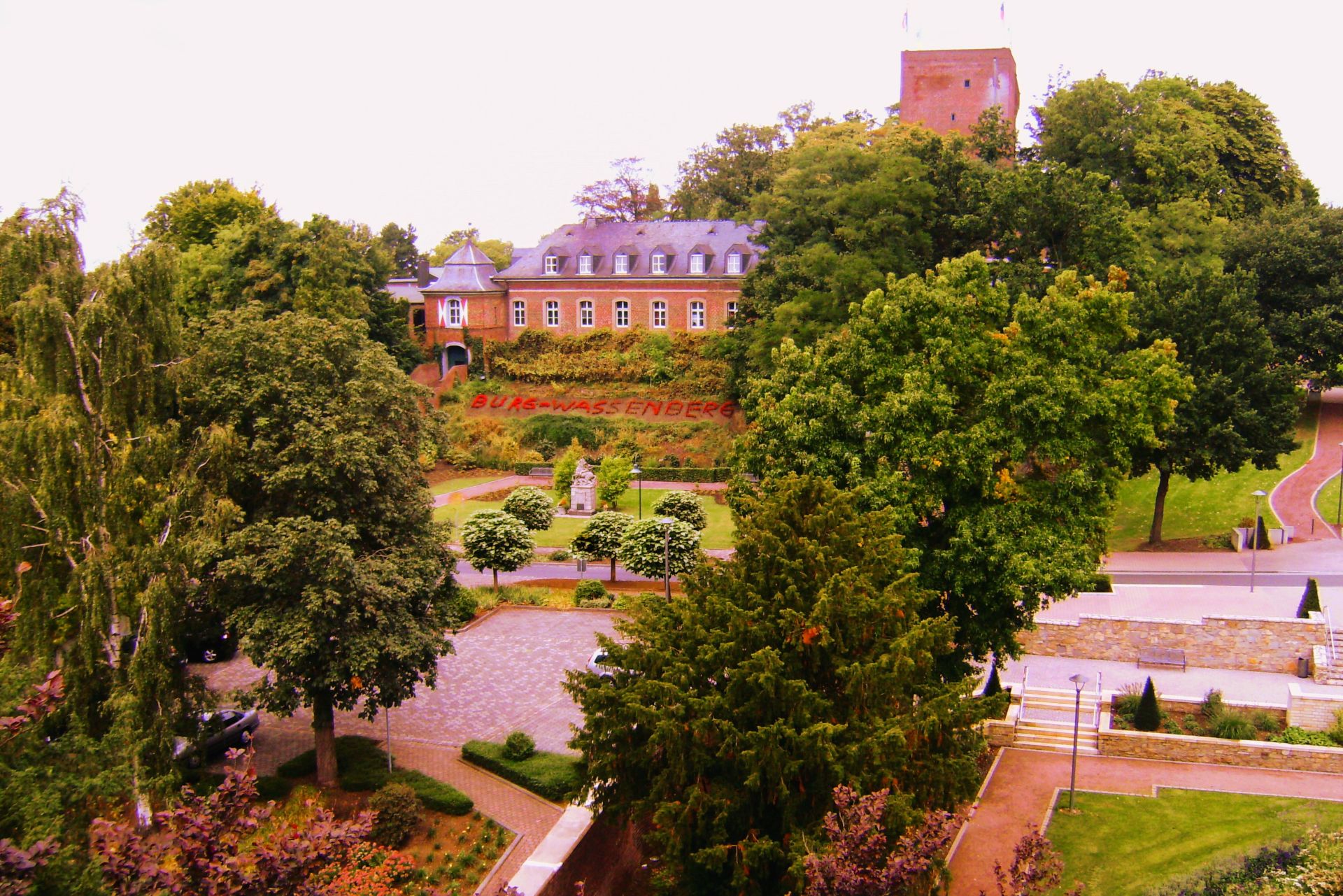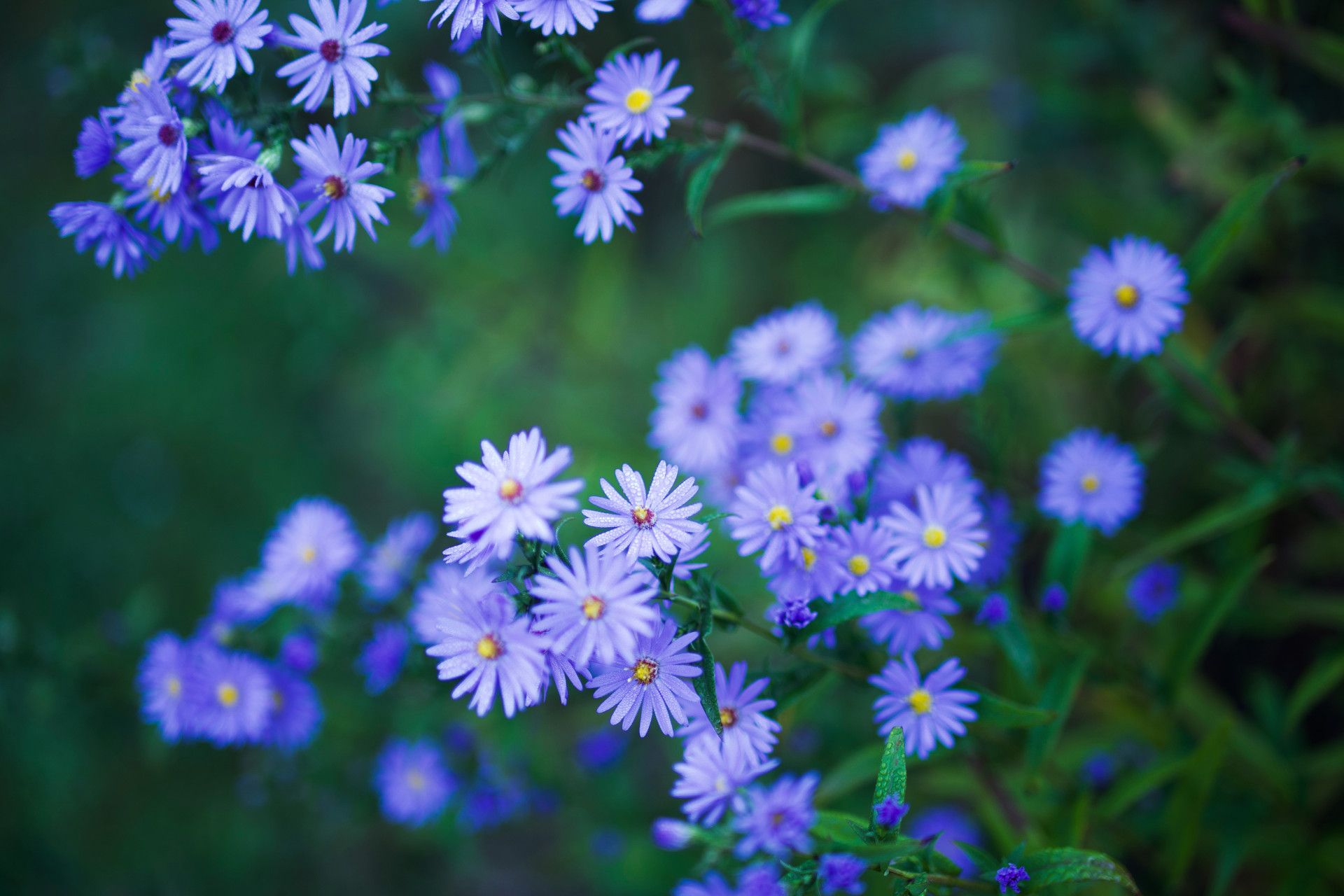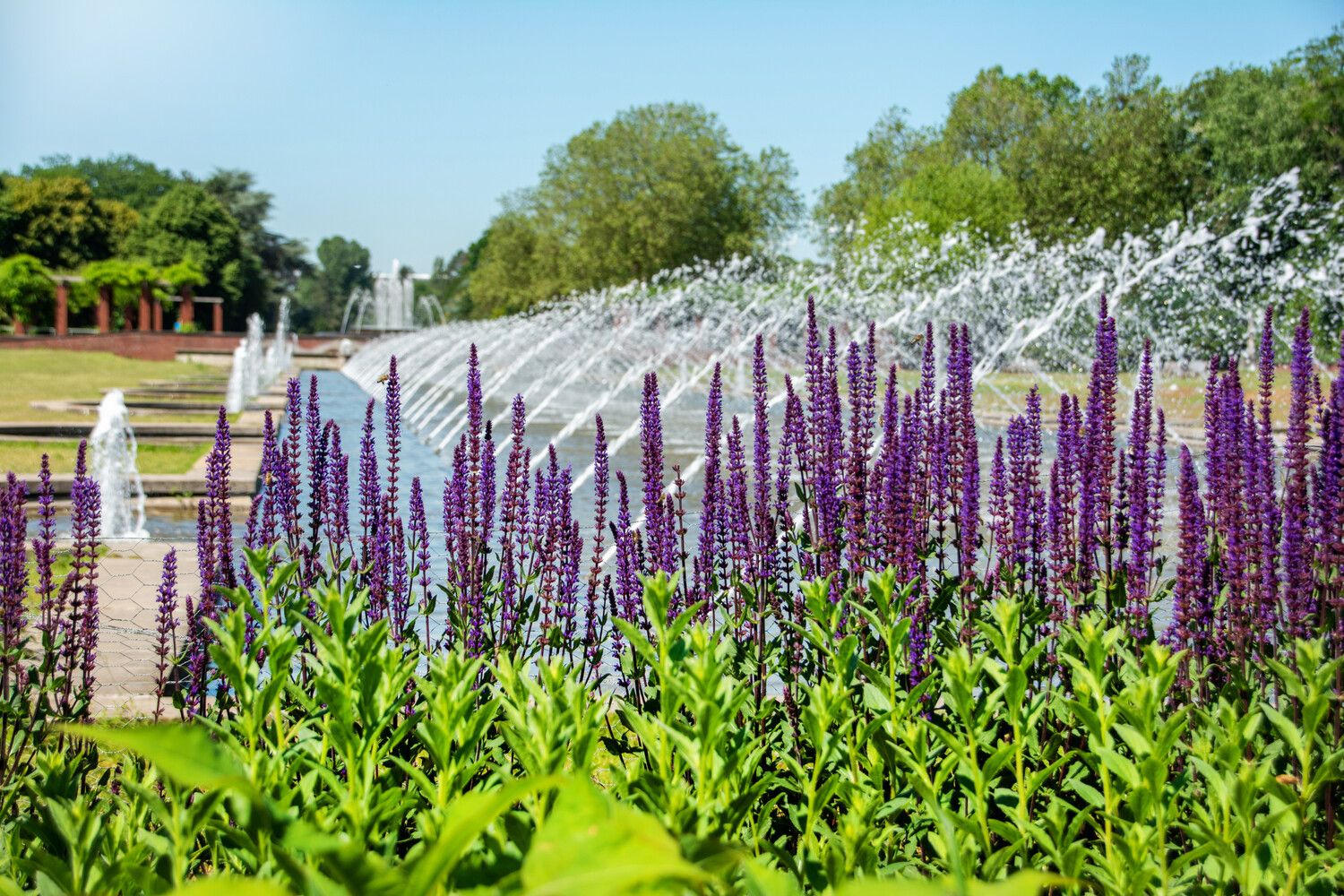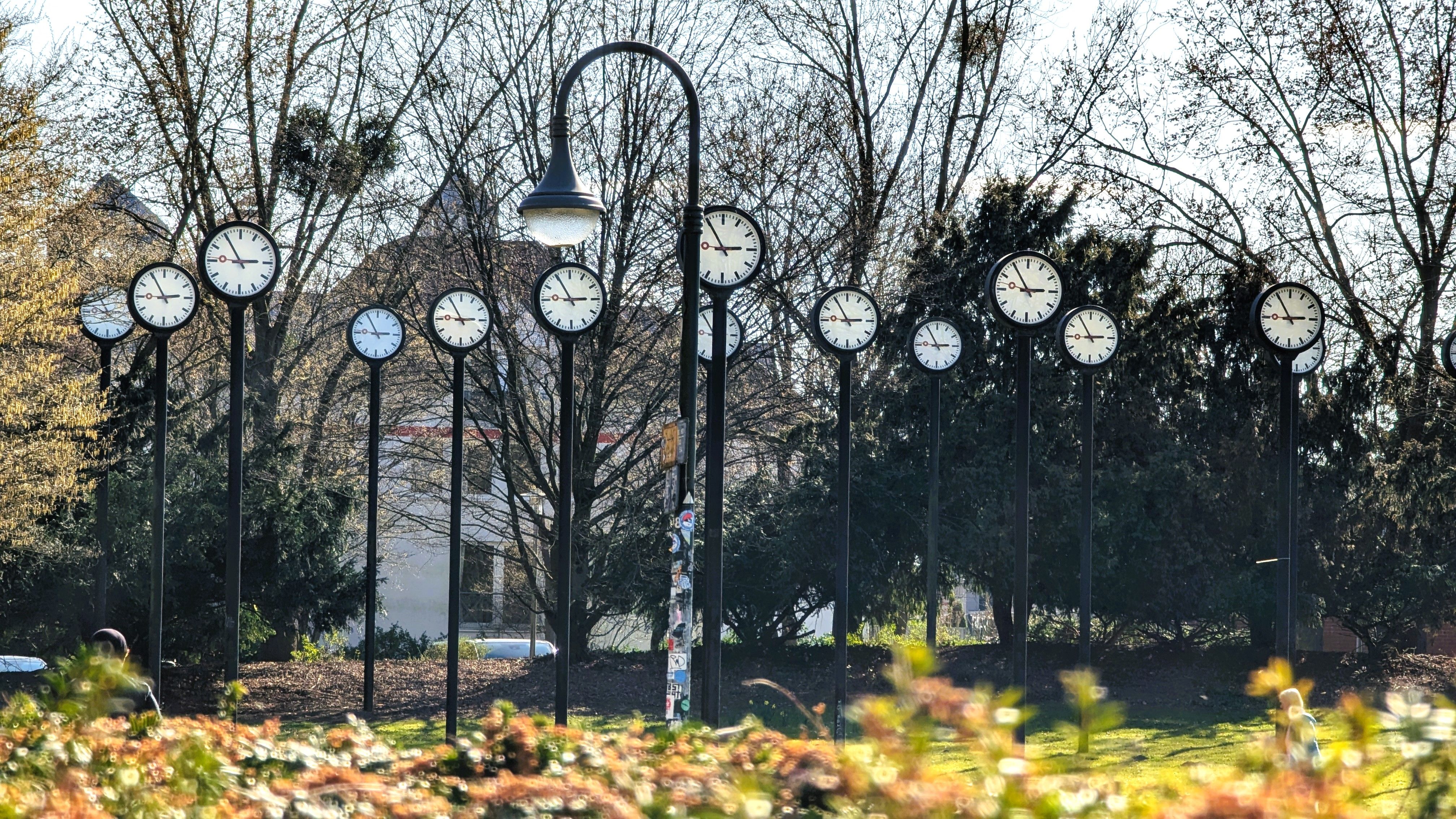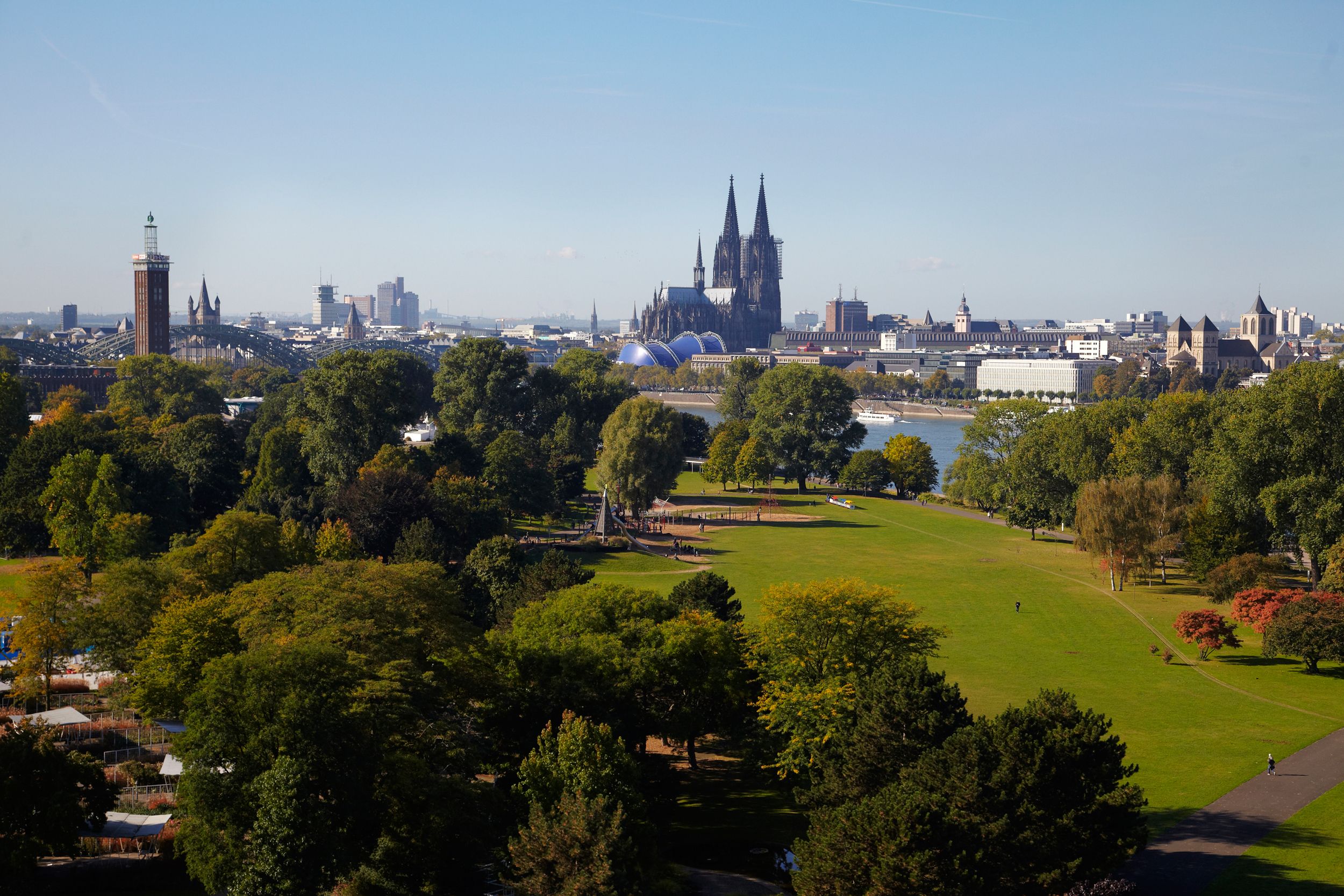The Wassenberg Garden Park is a mature, urban ensemble that radiates far beyond the borders of North Rhine-Westphalia as an overall composition: with historic parts of the town wall, gently sloping garden terraces and lovingly designed green zones, it is particularly appealing to nature lovers and history buffs who are exploring the historic town center of Wassenberg.
The park, which has been a member of the European Garden Network (EGHN) since 2012, stretches from Parkstraße in the south up to Burgstraße in the north. Along the path of the architecturally designed garden axis are buildings from the medieval town fortifications, colorful flowerbeds and much more: First of all, time travelers encounter the Tower of the Lost at the southwestern entrance to the park, where convicted criminals once lived out their lives until the gallows. Today's memorial acts as an entrance pointing the way to the greenery, more precisely to the Gondelweiher pond with its adjoining rose garden.
Those seeking relaxation can linger on the banks and enjoy the landscape with its alder trees, illuminated three-jet fountain and Liebesschlossbrücke bridge. A walk around the pond makes it clear why Wassenberg was already known as a climatic health resort in the 1920s. The artificial still water was created at the same time as a swimming pool. What remains of the former baths today is the lifeguard's house, which has since been transformed into a restaurant with an outdoor terrace.
Co-founder of today's local history association
After a refreshment, we continue north: After just a few meters, explorers reach two ornamental flowerbeds in the lawns as well as "Küsters Garten", named after the arborist doctor Wilhelm Küsters. The co-founder of today's Wassenberg local history association created a collection of special trees and shrubs right next to the Roman Catholic parish and provost church of St. George. A towering sequoia is a source of amazement, and not just for outsiders.
Those who finally pass the Kirchstraße after inspecting this silent witness to history are rewarded with a view of the Burgberg. A stately fortress with a keep appears before your eyes, which dates back to the Middle Ages but has undergone a number of changes over the centuries. Emperors, bishops and counts have all stayed here. It is therefore not surprising that the castle has become a luxury hotel that welcomes guests from all over the world.
The four-storey brick keep from the first half of the 15th century now serves as a lookout and exhibition tower, among other things. From its plateau, travelers can look out over the ridges of the Eifel and the Rur valley. The "Judenbruch" natural monument, which lies between the castle and the Wingertsberg and is criss-crossed by small streams, soon comes into view. Another excursion can take you to this forest and quarry area, which is accessible via hiking trails.
